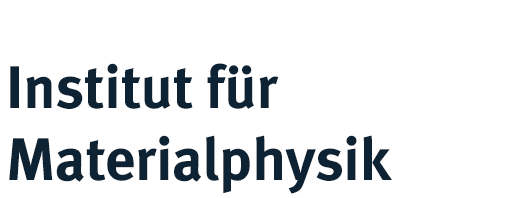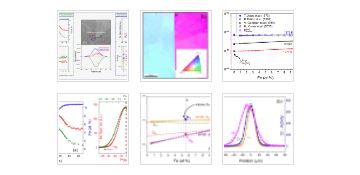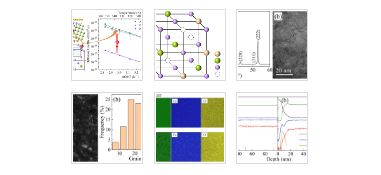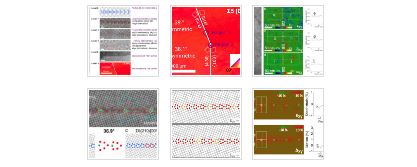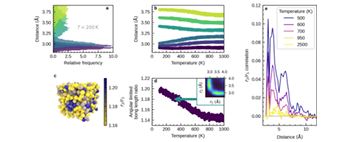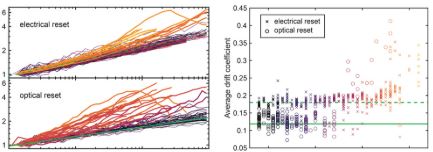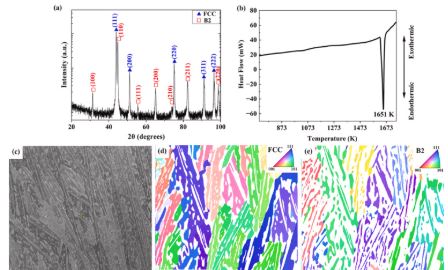
Grain- and interphase boundary diffusion in eutectic AlCoCrFeNi2.1 compositionally complex alloy
Multi-principal-element alloys (MPEAs) attracted increasing attention over the past decade, boosted by a rigorous formulation of the concept of high entropy alloys (HEAs) by Yeh et al. [1] and motivated by contemporary extended research [2]. The HEAs showed an improved performance compared with conventional structural materials with HEAs showing exciting mechanical properties, especially at cryogenic temperatures [3] and presenting noticeable corrosion and wear resistance [4], [5]. While the single-phase solid solution HEAs, especially equiatomic HEAs, are typically constrained by a trade-off between strength and ductility, with typically low strength and good ductility found only for single-phase FCC alloys [3], off-equiatomic HEAs with heterogeneous microstructures can largely improve the combination of strength and ductility via suitable thermomechanical processing [6], [7]. Though, precipitation strengthening and a combination of hard and soft phases in compositionally complex alloys provide further instruments to tune the strength–ductility trade-off. ...
Heng Zhang, G. Mohan Muralikrishna, Anoosheh Akbari, Harald Rösner, Bonnie J. Tyler, Sergiy V. Divinski, Gerhard Wilde

